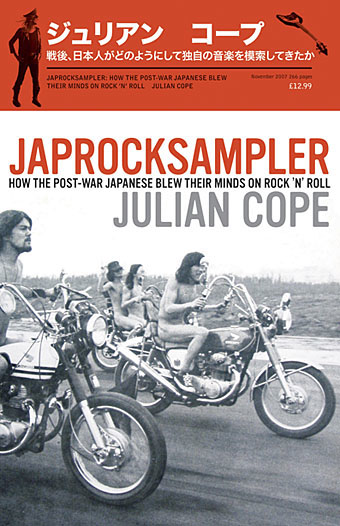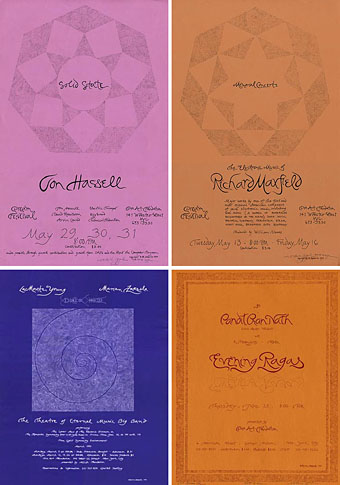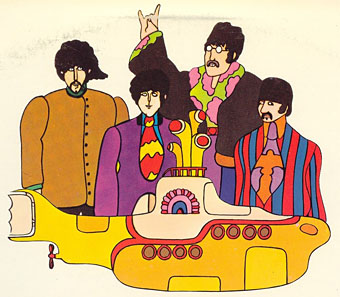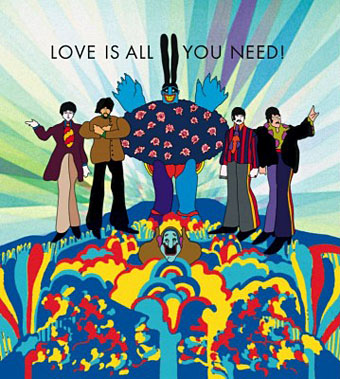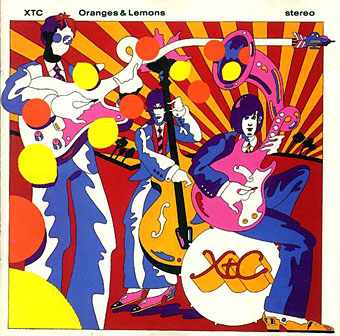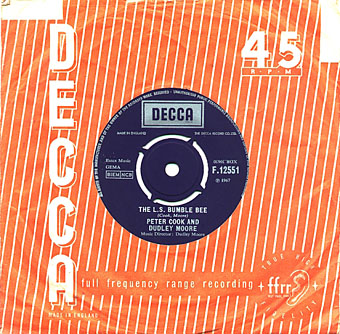Julian Cope’s Krautrocksampler is one of my all-time favourite music books, an expert guide to the psychedelic jungle of German rock from 1968–1975. (And it seems to be out of print. Damn.) Now he’s written a follow-up.
Julian Cope, eccentric and visionary rock musician, hip archaeologist and one time frontman of Teardrop Explodes, follows the runaway underground success of Krautrocksampler, a cult deconstruction of German rock music, with Japrocksampler. Japrocksampler is a short history of Japanese youth culture in the post-war years. It explores the clash between traditional, conservative Japanese values and the wild rock and roll renegades of the 1960s and 70s, telling the tale of six seminal groups of artists in Japanese post-war culture, from itinerant art-house poets to violent refusenik rock groups with a penchant for plane hijacking. Cope tours regularly and has just brought out a new album, Dark Orgasm. His website, Head Heritage, is widely acknowledged as containing some of the most entertaining and insightful album reviews on the web. Julian’s fans (Copeheads) as well as the generally interested reader will lap up this take on the Jap Rock phenomenon.
Via Arthur.
See also:
• Les Rallizes Denudes
• Keiji Haino / Fushitsusha
• High Rise
• PSF Records
• Acid Mothers Temple Soul Collective | AMT concerts at the Internet Archive
Previously on { feuilleton }
• Chrome: Perfumed Metal
• Barney Bubbles: artist and designer
• Metabolist: Goatmanauts, Drömm-heads and the Zuehl Axis
• The art of Shinro Ohtake
• Maximum heaviosity

